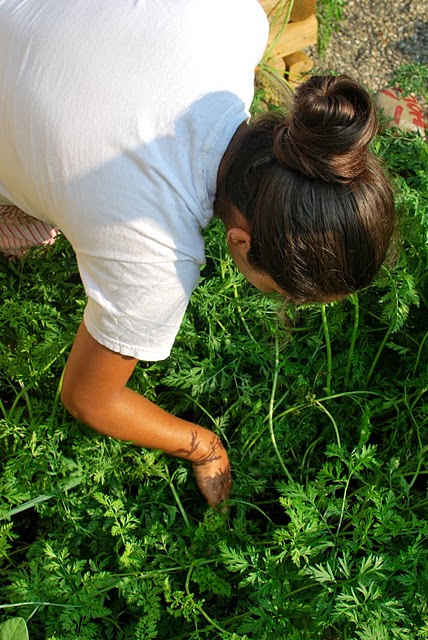by Alison Gross
I am a gardening novice. I have never tended my own garden, and I have very rarely planted anything, or even cared for potted plants. I come from generations of women who have cared for and maintained beautiful backyard gardens. It is unfortunate that the only time I can remember putting a flower into soil was shortly after my grandmother died. For as long as I could remember, she had the most beautiful backyard full of roses, begonias, and apricot trees. She loved spending time in her garden and because of the cooperative Central California weather she would be out there year-round. She would pick flowers from her garden to make bouquets for her home, and can apricots from the overflowing trees. One particularly warm summer, I helped her use some of the apricots to make ice cream. To me she was the ultimate gardener.

- Read more here –>






